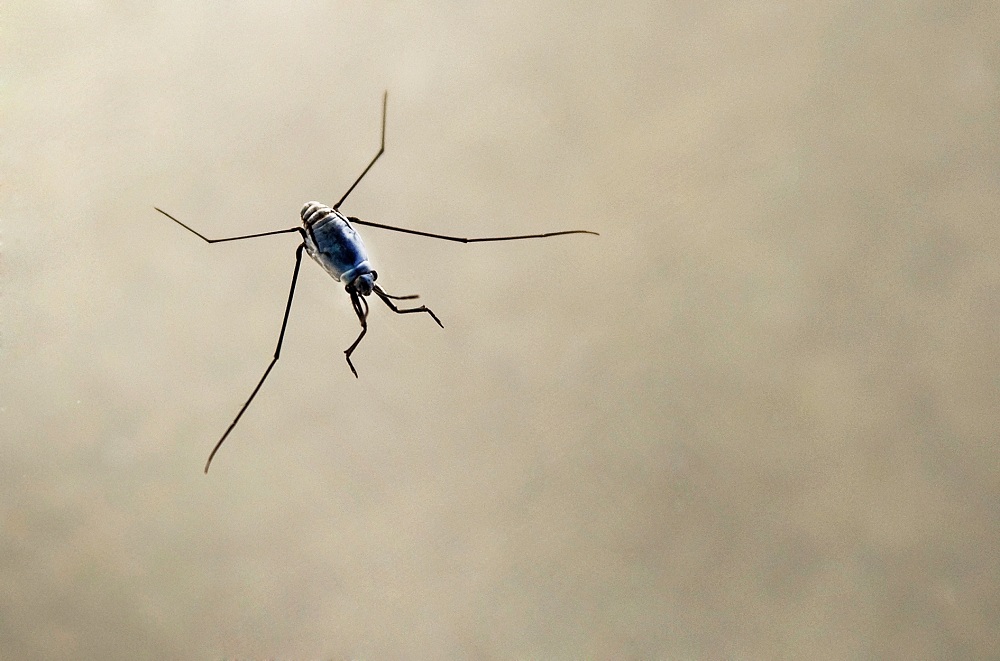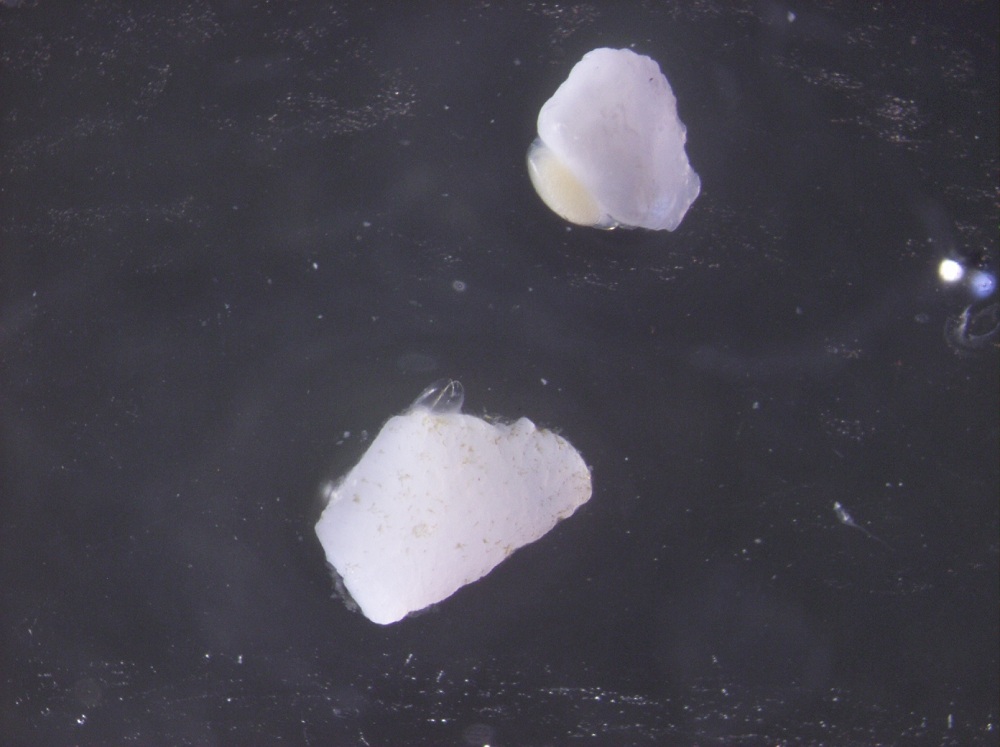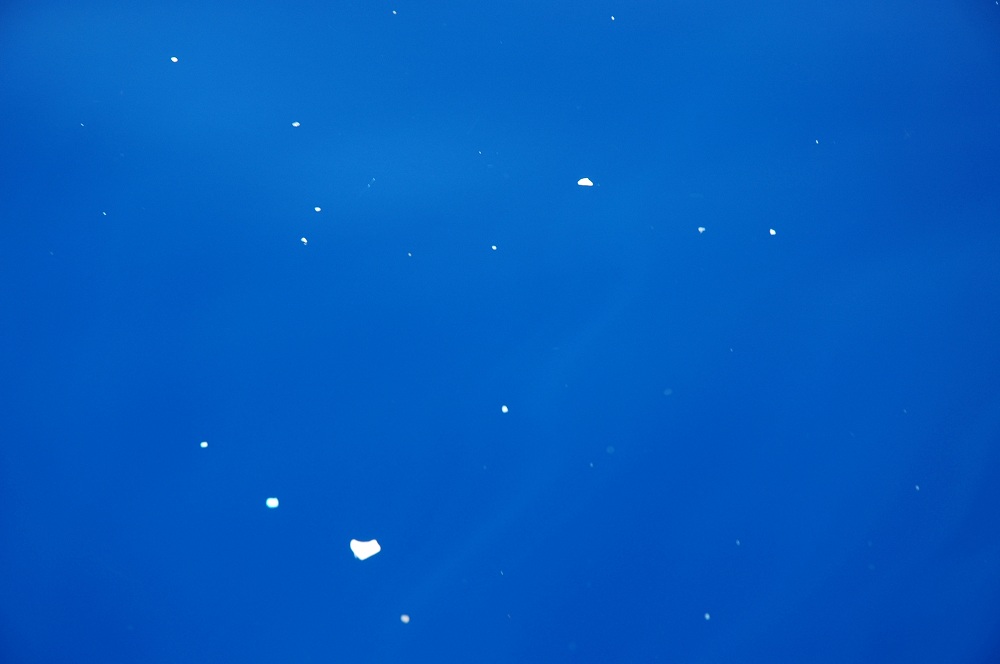Ocean Garbage Patch Breeds Bugs

The great Pacific garage patch is giving sea striders a place to breed out on the open ocean, changing the natural environment there, new research suggests.
The great Pacific garbage patch, known to scientists as the North Pacific Subtropial Gyre, is a large patch of mulched up plastic and other garbage, often said to be the size of Texas, floating in the Pacific Ocean.
"This paper shows a dramatic increase in plastic over a relatively short time period and the effect it's having on a common North Pacific Gyre invertebrate," study researcher Miriam Goldstein, graduate student at the University of California San Diego, said in a statement. "We're seeing changes in this marine insect that can be directly attributed to the plastic."

The sea strider, Halobates sericeus, is related to pond striders seen in freshwater lakes. It usually lays its eggs on floating objects in the ocean, like seashells, seabird feathers, tar lumps and pumice. The researchers compared recently collected plastic to that collected in 1972 under a microscope.
They found that the number of pieces of plastic less than 0.2 inches (5 millimeters) in diameter increased about 100 times over the past 40 years. They also found that these tiny plastic pieces gave sea striders more room to lay their eggs, leading to much higher densities of the invertebrate in the garbage patch.
By giving these insects a place to breed out on the open ocean, the plastic patch is changing the natural environment and could be having an impact on the local food web, the researchers said. This is exactly what they've been worried about, Goldstein said. [Video: Humans Hit the Oceans Hard]
"It's a general pattern throughout the ocean that the animals that live on hard surfaces are different than the animals that live on soft surfaces, or in the water column. All this plastic has added a lot of hard surfaces to an ecosystem that historically has very few," Goldstein told LiveScience in an email.
Sign up for the Live Science daily newsletter now
Get the world’s most fascinating discoveries delivered straight to your inbox.

This could be a "good" thing for the insect's main predator, crabs, increasing their numbers — but such a large change could disrupt the oceanic food web, the researchers said. And the items that the insect eats, including tiny animals like zooplankton and fish eggs, could take a big population hit.
The garbage patch community seems to have a very low amount of biodiversity, Goldstein said, which isn't a great thing: "We're concerned that this might change the flow of energy in this ecosystem, potentially favoring the low-biodiversity rafting community at the expense of the high-biodiversity water column community."
The study will be published May 9 in the journal Biology Letters.
You can follow LiveScience staff writer Jennifer Welsh on Twitter, on Google+ or on Facebook. Follow LiveScience for the latest in science news and discoveries on Twitter and on Facebook.
Jennifer Welsh is a Connecticut-based science writer and editor and a regular contributor to Live Science. She also has several years of bench work in cancer research and anti-viral drug discovery under her belt. She has previously written for Science News, VerywellHealth, The Scientist, Discover Magazine, WIRED Science, and Business Insider.










